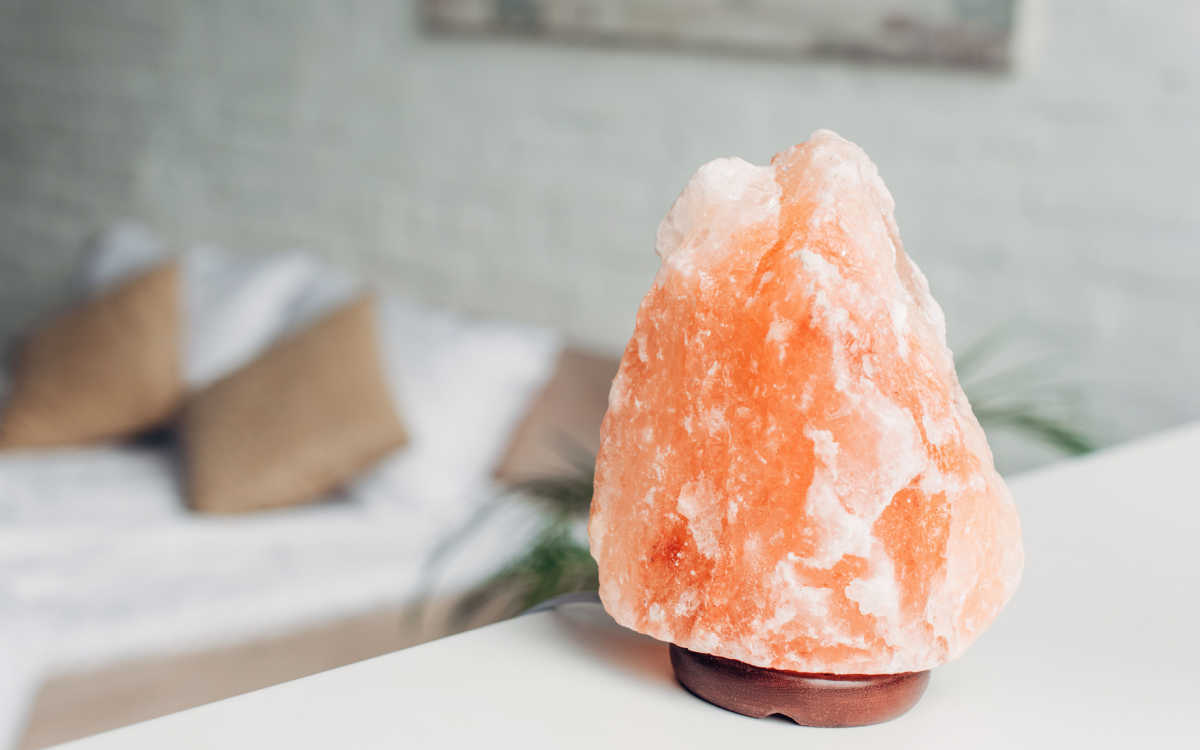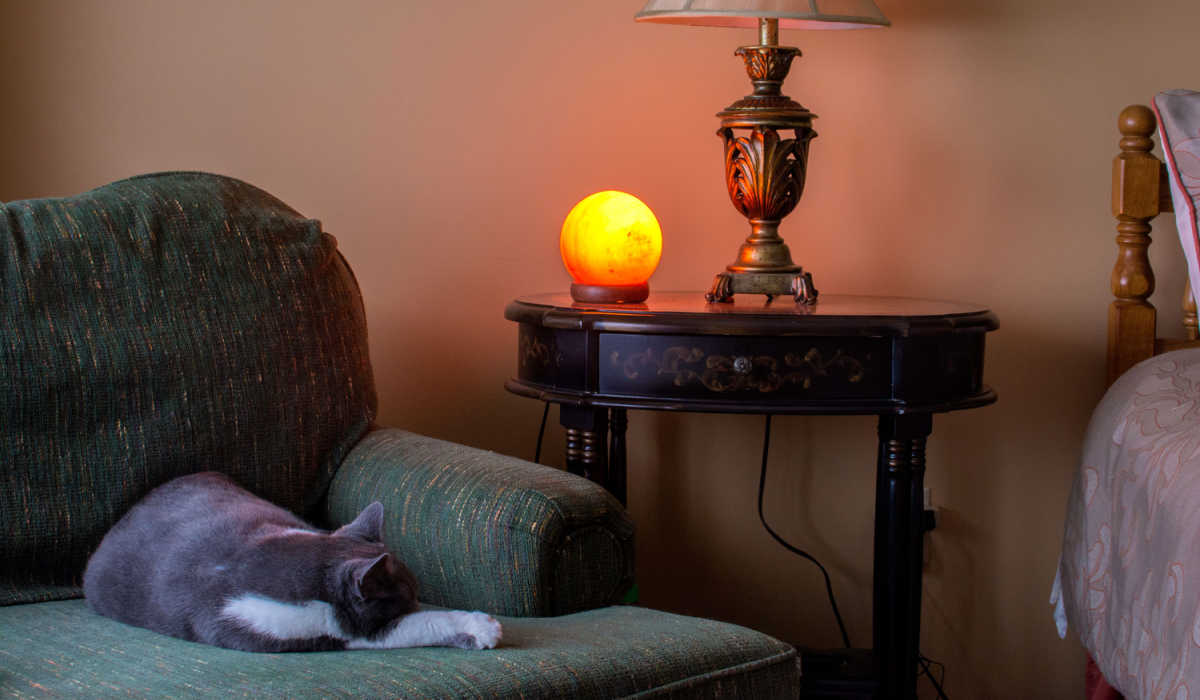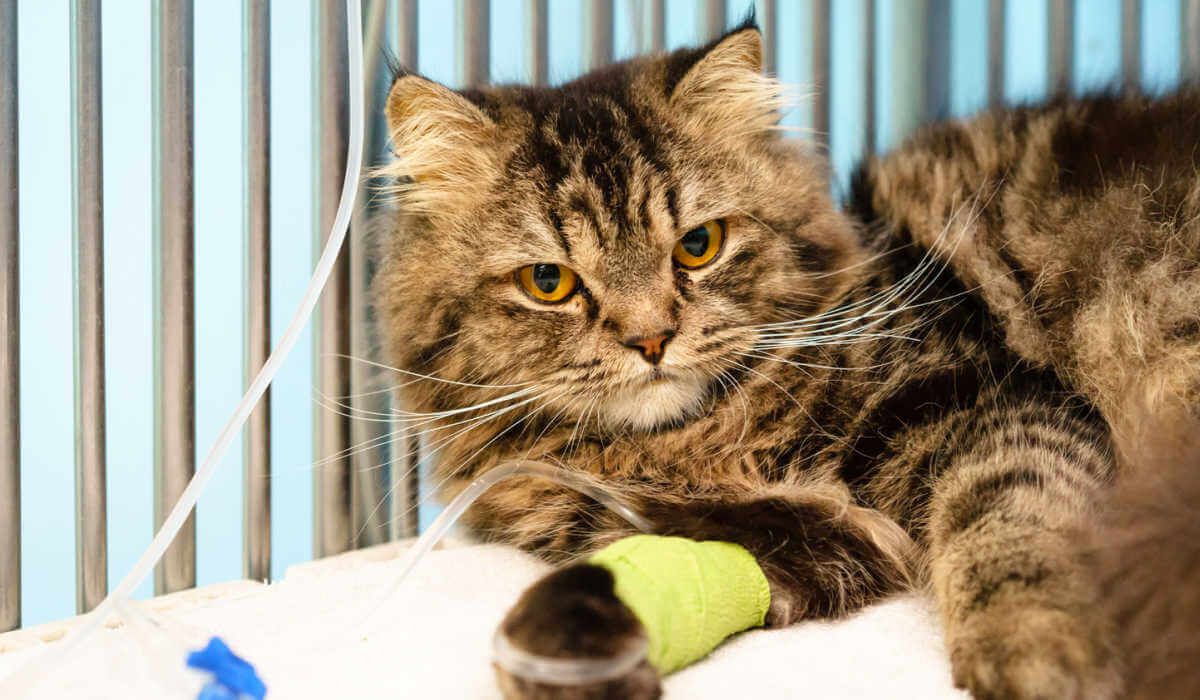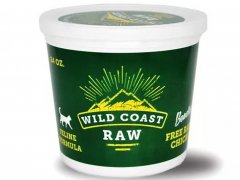
Himalayan salt lamps are popular in homes across the world due to their attractive pink glow and reported health benefits. However, cat owners should beware: these additions to your home décor might endanger your pet.
Key Takeaways
Cats can be attracted to salt lamps and might enjoy the taste of licking the salt, leading to salt poisoning.
Salt toxicity can be dangerous in cats, causing vomiting, diarrhea, dehydration, and neurological problems.
Keep salt lamps out of reach of pets when in use, and keep them safely put away when not using them.
Cats can be attracted to the glowing pink rock and investigate it. Licking salt lamps can cause sodium poisoning in cats, which can lead to severe illness and might even be fatal. Ensure your cat’s safety by keeping your salt lamp well out of the way of curious cats.
Also Read: 10 Herbs That Are Toxic To Cats (And 7 That Are Safe)
What Are Salt Lamps?
Salt lamps are large crystals carved from rock salt, hollowed out so that a lightbulb can fit inside. The pink Himalayan salt comes from regions across the Himalayas, the vast mountain range stretching through Pakistan, India, Bhutan, and Nepal. True Himalayan salt lamps come from a particular mine in Pakistan that produces a reddish-pink salt, called the Khewra Mine.
When lit, Himalayan salt lamps emit a pinky glow that is thought to be very soothing as well as aesthetically pleasing. Trending in home décor circles, these ruby-colored lamps are thought to have multiple health benefits and also act as a light source. Sellers claim they can boost energy levels, improve mood, ease allergies, and help with air quality.
These benefits potentially occur as the lamps pull in particles such as allergens and dust to the surface, acting as purifiers, and releasing negative ions. However, there is currently no scientific evidence to support these claims.
Also Read: Food Allergies In Cats: Symptoms, Causes, Diagnosis & Treatment
Are Himalayan Salt Lamps Safe for Cats?

Stow away your salt lamp when it is not in use, or if you will not be there to supervise your cat.
Pet owners should use salt lamps cautiously as they can be very dangerous to cats. Because they are made of salt, these lamps contain high levels of sodium chloride. Cats are often curious (and mischievous!) creatures and love to investigate novel items. A glowing pink light source might be irresistible to an inquisitive pet.
Investigating a salt lamp might lead to cats licking or chewing at it, thereby ingesting salt. Cats need salt in their diet, but only in small amounts—around 0.8 grams of sodium per kilogram of food, which is a very small amount. Although cats have fewer taste buds than humans, they can differentiate salty flavors, and often they like them!
Unfortunately, cats are sensitive to salt, potentially harmful, and can make them unwell in larger quantities. A cat licking a salt lamp can easily exceed the normal amount of salt in their diet, and eat enough to cause salt toxicity.
Also Read: 15 Human Foods That Are Poisonous & Toxic To Cats
Are Salt Lamps Poisonous to Cats?

Cats suffering from salt poisoning need immediate veterinary attention.
Yes salt lamps are very much poisonous for cats. When a cat licks a salt lamp, excessive salt intake can cause dehydration and an electrolyte imbalance, and in severe cases can cause serious illness. If too much salt (sodium chloride) is ingested, the cat’s kidneys try to excrete the excess in the urine. If there is too much for the kidneys to process, sodium levels in the blood rise.
Fluid is pulled out of cells, tissues, and organs to help, leading to the dysfunction of various bodily processes. The brain is very sensitive to changes in electrolytes such as sodium, so neurological problems are often the first symptoms seen.
Can Cats Lick Himalayan Salt Lamp?
Cats should avoid licking salt lamps. It may cause a condition knows as salt toxicity can be caused by licking lamps made from rock salt, but also by ingestion of other items high in salt, such as table salt, Play-Doh, and potato chips.
Symptoms of salt toxicity include:
- Vomiting and diarrhea
- Lethargy
- Excessive thirst and urination
- Neurological signs such as weakness, incoordination, tremors, and seizures
- Coma
Salt toxicity can be fatal. Treatment involves high levels of intravenous fluids and medication to help stabilize the electrolyte levels. If you think your cat is showing signs of salt poisoning, contact your veterinarian, or the Pet Poison Helpline.
Also Read: Poisoning In Cats: Causes, Symptoms, and Treatment
Keeping Safe With Salt Lamps Around Cats
If you own a salt lamp and want to use it, you need to ensure your cat is kept safe. The odd lick of a lamp is unlikely to do much harm, but it doesn’t take much for cats to become overloaded with sodium levels, so it is best to err on the side of caution. Cats can get a taste for the salty flavor and come back time and time again for more, leading to excessive salt intake.
One of the problems with these light sources is that they are often kept in places very accessible and appealing to cats, such as tables or shelves. Always keep salt lamps away from cats and dogs. Cats like to climb, so placing it on an elevated shelf is not enough to protect them! When not in use, salt lamps should be put away in a drawer or cupboard. When in use, try to keep pets out of the room, or supervise their use.
Cats should always be provided with plenty of clean, fresh water. If they do take in a little excess salt, the effects can be diluted by drinking plenty of water.
Also Read: How To Make A Cat Feel Safe In 10 Simple Steps
Frequently Asked Questions
Can you have a salt lamp with a cat?
Salt lamps can be dangerous to pets. If a cat licks a Himalayan lamp and ingests too much salt, they might develop salt poisoning, which can cause serious illness. Salt lamps should be kept away from any pets.
Can Himalayan salt lamps hurt cats?
Yes, licking and ingesting salt from a salt lamp can cause salt poisoning in cats. Symptoms include vomiting and diarrhea, lethargy, excessive thirst and urination, weakness, and neurological symptoms such as twitching, incoordination, and seizures.
How do I protect my cat from salt lamps?
Keep salt lamps out of reach of pets. Cats love to climb, so even elevated shelves might still be accessible. Ideally, keep salt lamps shut away when not in use, and only use them when you can supervise your pets.







